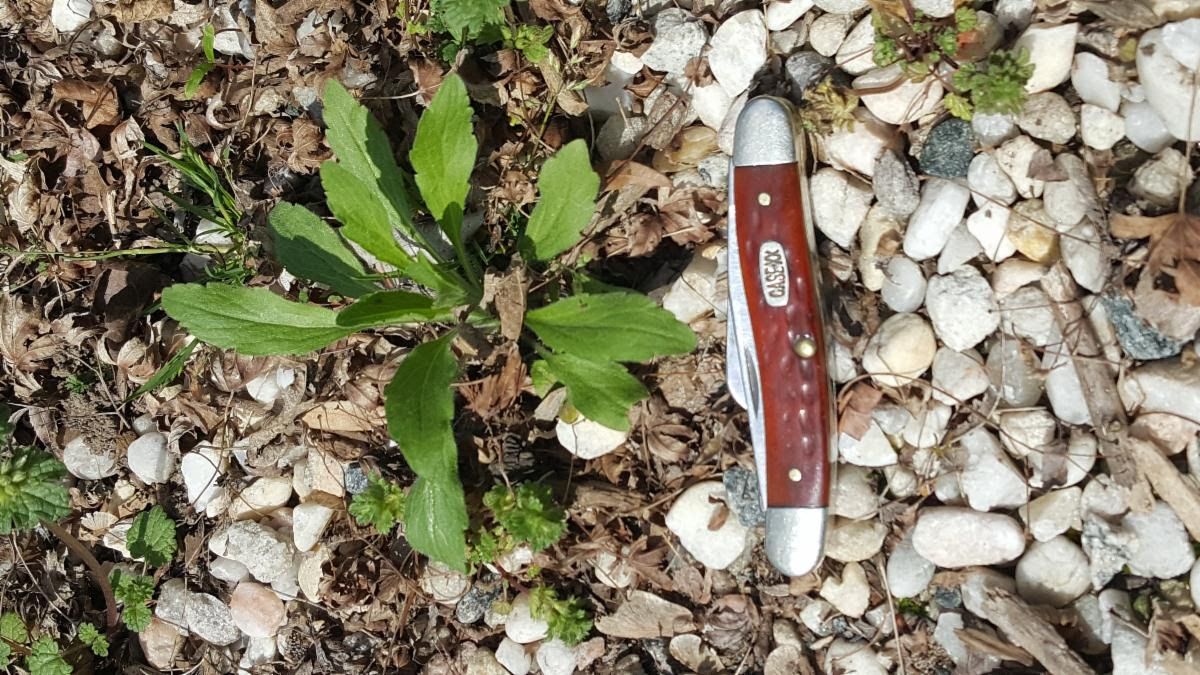March Is the Time to Be Thinking Marestail!
go.ncsu.edu/readext?663055
en Español / em Português
El inglés es el idioma de control de esta página. En la medida en que haya algún conflicto entre la traducción al inglés y la traducción, el inglés prevalece.
Al hacer clic en el enlace de traducción se activa un servicio de traducción gratuito para convertir la página al español. Al igual que con cualquier traducción por Internet, la conversión no es sensible al contexto y puede que no traduzca el texto en su significado original. NC State Extension no garantiza la exactitud del texto traducido. Por favor, tenga en cuenta que algunas aplicaciones y/o servicios pueden no funcionar como se espera cuando se traducen.
Português
Inglês é o idioma de controle desta página. Na medida que haja algum conflito entre o texto original em Inglês e a tradução, o Inglês prevalece.
Ao clicar no link de tradução, um serviço gratuito de tradução será ativado para converter a página para o Português. Como em qualquer tradução pela internet, a conversão não é sensivel ao contexto e pode não ocorrer a tradução para o significado orginal. O serviço de Extensão da Carolina do Norte (NC State Extension) não garante a exatidão do texto traduzido. Por favor, observe que algumas funções ou serviços podem não funcionar como esperado após a tradução.
English
English is the controlling language of this page. To the extent there is any conflict between the English text and the translation, English controls.
Clicking on the translation link activates a free translation service to convert the page to Spanish. As with any Internet translation, the conversion is not context-sensitive and may not translate the text to its original meaning. NC State Extension does not guarantee the accuracy of the translated text. Please note that some applications and/or services may not function as expected when translated.
Collapse ▲As you are well aware, most marestail is now resistant to glyphosate! So don’t spray glyphosate alone and expect good control. Also, don’t allow marestail to get too large and expect good control! It was close to 80 degrees this weekend, there’s ample soil moisture and marestail is starting to grow!
That is a 3.5″ knife and the marestail pictured above is just as big as the knife! And that picture was taken this weekend, not more than 50′ from my office! It won’t be long at all before that plant starts to come up off the ground and it will be 4-6″ tall before you know it. Marestail becomes much harder to control when it gets about 6″ tall.
So what will kill that thing today? 2,4-D, Sharpen, or Elevore added to glyphosate or paraquat will do a pretty good job if burndown alone is your goal. Paraquat or Liberty alone will do the job. If you are also looking for a residual herbicide to help prevent a spring flush, you can add saflufenacil or atrazine or labeled atrazine or saflufenacil containing materials for corn acres. For soybean acres, glyphosate plus 2,4-D with the addition of metribuzin, saflufenacil, or cloransulam, chlorimuron, or soybean products containing any of these materials should give good control.
Wet weather could make timely planting difficult, dousing fields now allows you to get into the field sooner when planting windows are short.
If you are utilizing a cover crop and you have good cover, you might find that marestail is quite a bit smaller due to the competition from the cover crop – another good reason to consider a cover crop!
Good luck in 2020! Remember, weeds are highly competitive with corn! Some believe that weeds germinating next to germinating corn can cause yield loss even before the corn emerges. Mind your weed sizes carefully to get all the yield possible!
Tim Hambrick,
Agricultural Extension Agent- Forsyth, Stokes, Surry, Yadkin



